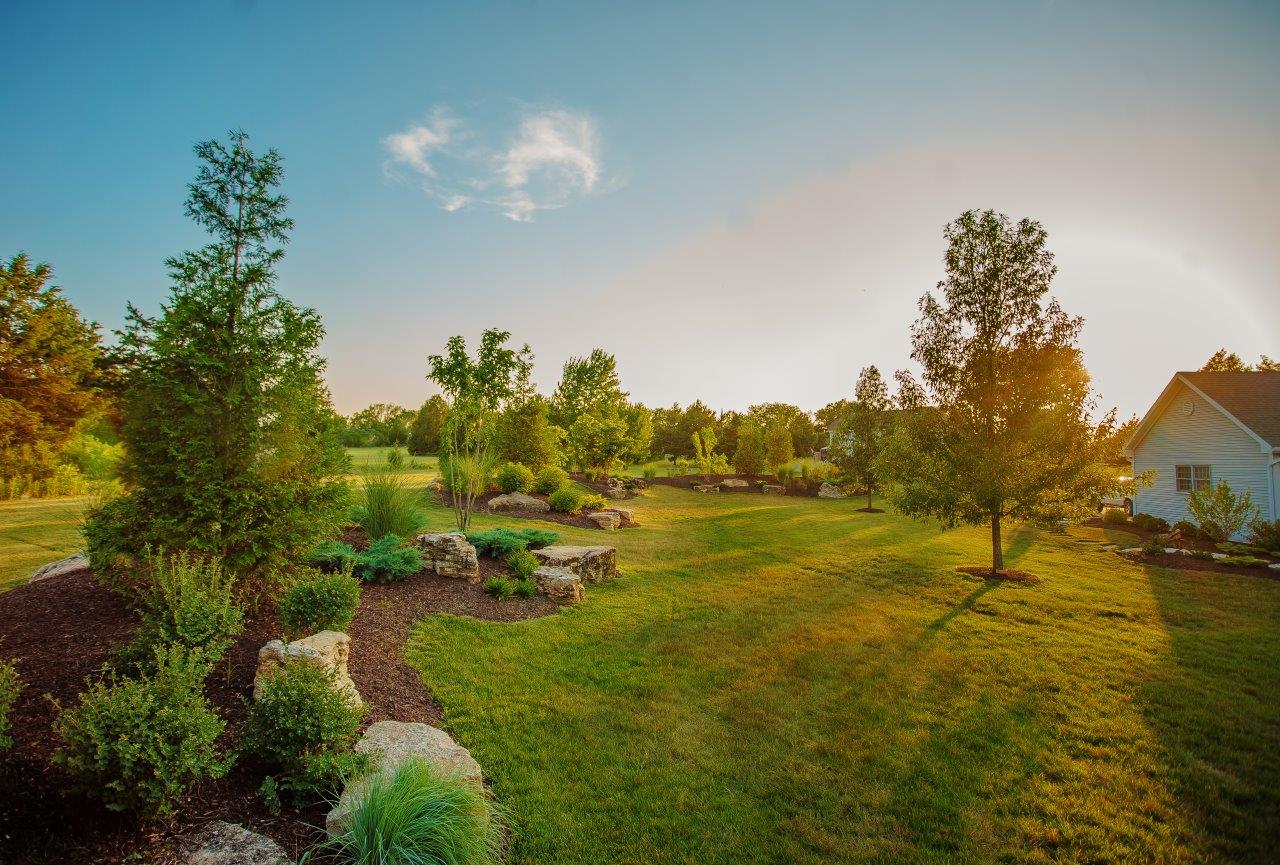Hilton Head Landscapes Can Be Fun For Everyone
Hilton Head Landscapes Can Be Fun For Everyone
Blog Article
Indicators on Hilton Head Landscapes You Need To Know
Table of ContentsGetting The Hilton Head Landscapes To WorkNot known Facts About Hilton Head LandscapesMore About Hilton Head LandscapesSome Of Hilton Head LandscapesThe Main Principles Of Hilton Head Landscapes Some Ideas on Hilton Head Landscapes You Need To KnowHilton Head Landscapes Can Be Fun For Anyone
Line produces all kinds and patterns and can be utilized in a variety of ways in the landscape. Line in the landscape is developed by the edge in between two materials, the summary or silhouette of a form, or a lengthy straight attribute. Lines are an effective tool for the designer since they can be used to produce a limitless variety of forms and types, and they regulate activity of the eye and the body.

Lines can have several attributes, such as those defined listed below, however they commonly serve various functions. Number 1. Lines in the landscape - landscapers hilton head island. The properties of lines establish exactly how individuals react to the landscape, both emotionally and physically. Straight lines are architectural and powerful; they create a formal character, are typically connected with an in proportion design, and lead the eye straight to a focal factor.
Hilton Head Landscapes Fundamentals Explained
Straight lines are most often discovered in hardscape sides and material. Rounded lines develop an informal, all-natural, unwinded character that is connected more with nature and unbalanced equilibrium. Rounded lines relocate the eye at a slower rate and add mystery to the space by developing surprise sights. Vertical lines relocate the eye up, making a room really feel bigger.
Vertical lines in the landscape include high, narrow plant product, such as trees, or high frameworks, such as an arbor or a bird house on a post. Horizontal lines move the eye along the ground plane and can make a space really feel bigger. Reduced lines are a lot more restrained and develop a feeling of remainder or repose.
Excitement About Hilton Head Landscapes
Lines are also produced by the vertical forms of constructed attributes and plant product. There are 3 main line types that develop form in the landscape: bedlines, hardscape lines, and plant lines.
Bedlines connect plant product to the house and hardscape since the eye adheres to the line, relocating the gaze via the landscape. Hardscape lines are developed by the edge of the hardscape, which defines the developed framework. Line can likewise be produced by long and narrow materials, such as a fencing or wall.
What Does Hilton Head Landscapes Mean?
Form is discovered in both hardscape and plants, and it is commonly the dominant visual element that spatially organizes the landscape and usually identifies the design of the yard. The kind of structures, plant beds, and yard accessories likewise establishes the overall type motif of the garden. Official, geometric kinds consist of circles, squares, and polygons.
Plants develop form in the yard via their lays out or silhouettes, but type can likewise be specified by a gap or adverse area between plants - Landscaping bluffton sc (https://giphy.com/channel/h1tnhdlndscps). Circles can be full circles, or they can be divided right into fifty percent circles or circle sections and combined with lines to develop arcs and tangents
Hilton Head Landscapes - An Overview
Circles can also be stretched right into ovals and ellipses for even more range and passion. Circles are a strong layout form due to the fact that the eye is always attracted to the center, which can be utilized to emphasize a centerpiece or connect other forms. Figure 2. Circular forms in hardscape and yard panels.
The square kind can likewise be fractional and secondhand repeatedly to produce a grid pattern. Unlike circles, squares are more powerful on the brink, which can be lined up or overlapped to develop one-of-a-kind patterns and more complex types. Polygons are many-sided kinds with straight sides. Triangles, for instance, are three-sided polygons.
Twisting lines typically resemble the all-natural training course of rivers or streams and can be called smooth lines with deeply curved wavinesses. dig this Twisting lines (Number 3) work well for pathways, plant bedlines, and dry stream beds. Meandering lines can add passion and mystery to a garden by leading visitors around edges to uncover new sights and areas.
The Of Hilton Head Landscapes

Common plant kinds are well developed and standard, as form is the most constant and recognizable characteristic of plants. Kind can likewise be developed with the massing of plants, where the total mass creates a different form than a specific plant.
An extremely contrasting type must be made use of with careone or 2 work well as a prime focus, but a lot of produce disorder. Natural plant kinds, instead of over-trimmed kinds, ought to establish the mass of the structure. The significance of overall form is a lot more or less based on the watching perspectivethe type of a tree can show up quite different to a person standing under the cover versus viewing the tree from a distance in an open area.
The Definitive Guide for Hilton Head Landscapes
Plant types also produce and define the gap or open rooms in between the plants, developing either convex or scooped forms in the voids. High-arching tree branches typically create a concave open room under the branches, and a round cover with reduced branches fills the room to produce a convex form in the open room under the tree.

Report this page